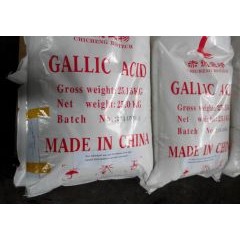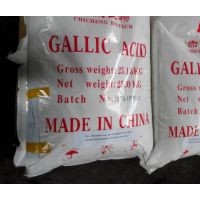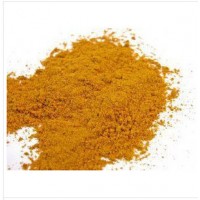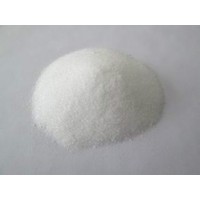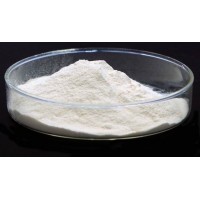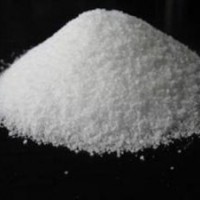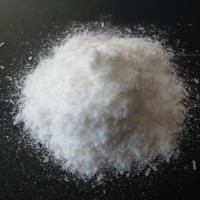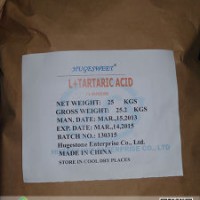Gallic Acid (C6H2(OH)3COOH) (CAS: 149-91-7) C7H6O5 Nutritional BRC, ISO, FDA, HACCP Paper Normal >12 Months Gallic Acid 149-91-7 632xd903sp C6h2(Oh)3cooh White, Yellowish-White, or Pale Fawn-Colored Cryst 1.694 g/cm3 (Anhydrous) Cooh: 4.5, Oh: 10. Hugestone 25kg/Bag C6H2(OH)3COOH Jiangsu 29182900 Product Description Gallic acid is a trihydroxybenzoic acid, a type of phenolic acid, a type of organic acid, also known as 3,4,5-trihydroxybenzoic acid, found in gallnuts, sumac, witch hazel, tea leaves, oak bark, and other plants. The chemical formula is C6H2(OH)3COOH. Gallic acid is found both free and as part of hydrolyzable tannins.
Salts and esters of gallic acid are termed 'gallates'. Despite its name, it does not contain gallium.
Gallic acid is commonly used in the pharmaceutical industry. It is used as a standard for determining the phenol content of various analytes by the Folin-Ciocalteau assay; results are reported in gallic acid equivalents.Gallic acid can also be used as a starting material in the synthesis of the psychedelic alkaloid mescaline.
Historical context and uses
Gallic acid is an important component of iron gall ink, the standard European writing and drawing ink from the 12th to 19th century with a history extending to the Roman empire and the Dead Sea Scrolls. Pliny the Elder (23-79 AD) describes his experiments with it and writes that it was used to produce dyes. Galls (also known as oak apples) from oak trees were crushed and mixed with water, producing tannic acid. It could then be mixed with green vitriol (ferrous sulfate) - obtained by allowing sulfate-saturated water from a spring or mine drainage to evaporate - and gum arabic from acacia trees; this combination of ingredients produced the ink.
Gallic acid was one of the substances used by Angelo Mai (17821854), among other early investigators of palimpsests, to clear the top layer of text off and reveal hidden manuscripts underneath. Mai was the first to employ it, but did so "with a heavy hand", often rendering manuscripts too damaged for subsequent study by other researchers.
George Washington used gallic acid to communicate with spies[clarification needed] during the American Revolutionary War, according to the miniseries America: The Story of Us.
Gallic acid is a component of some pyrotechnic whistle mixtures.

